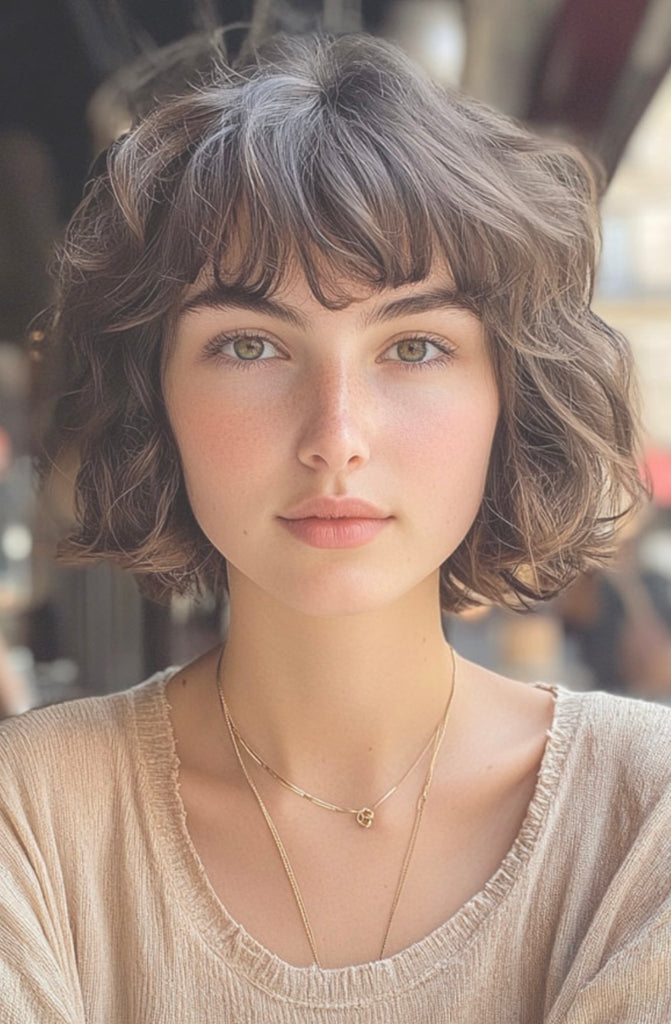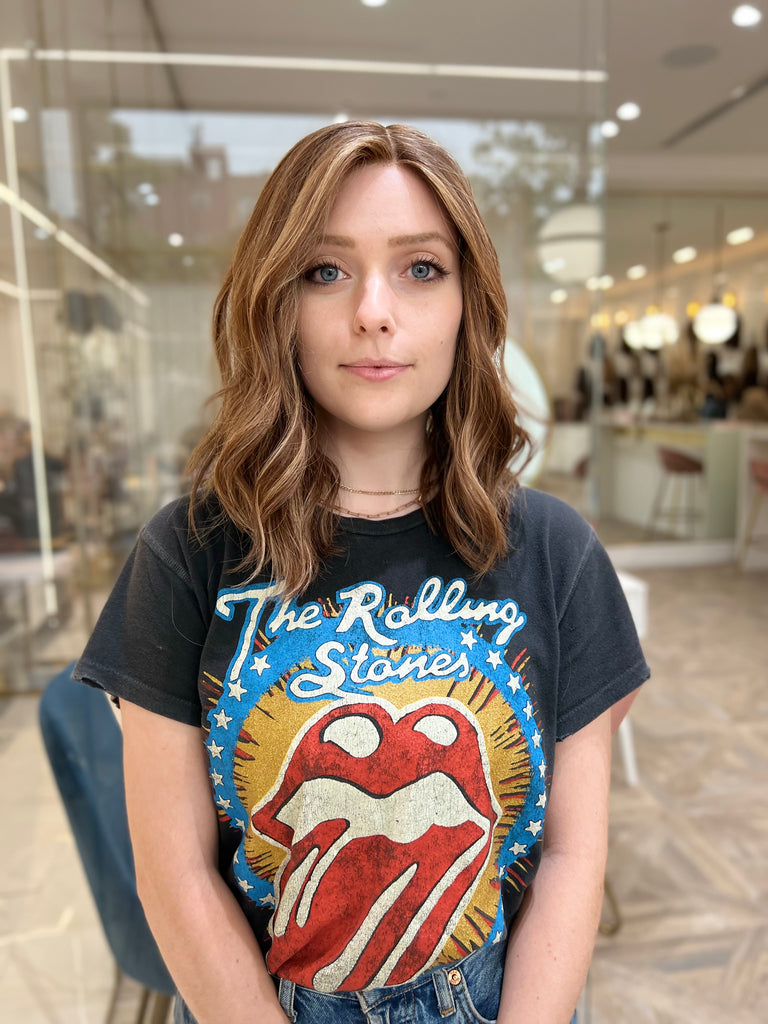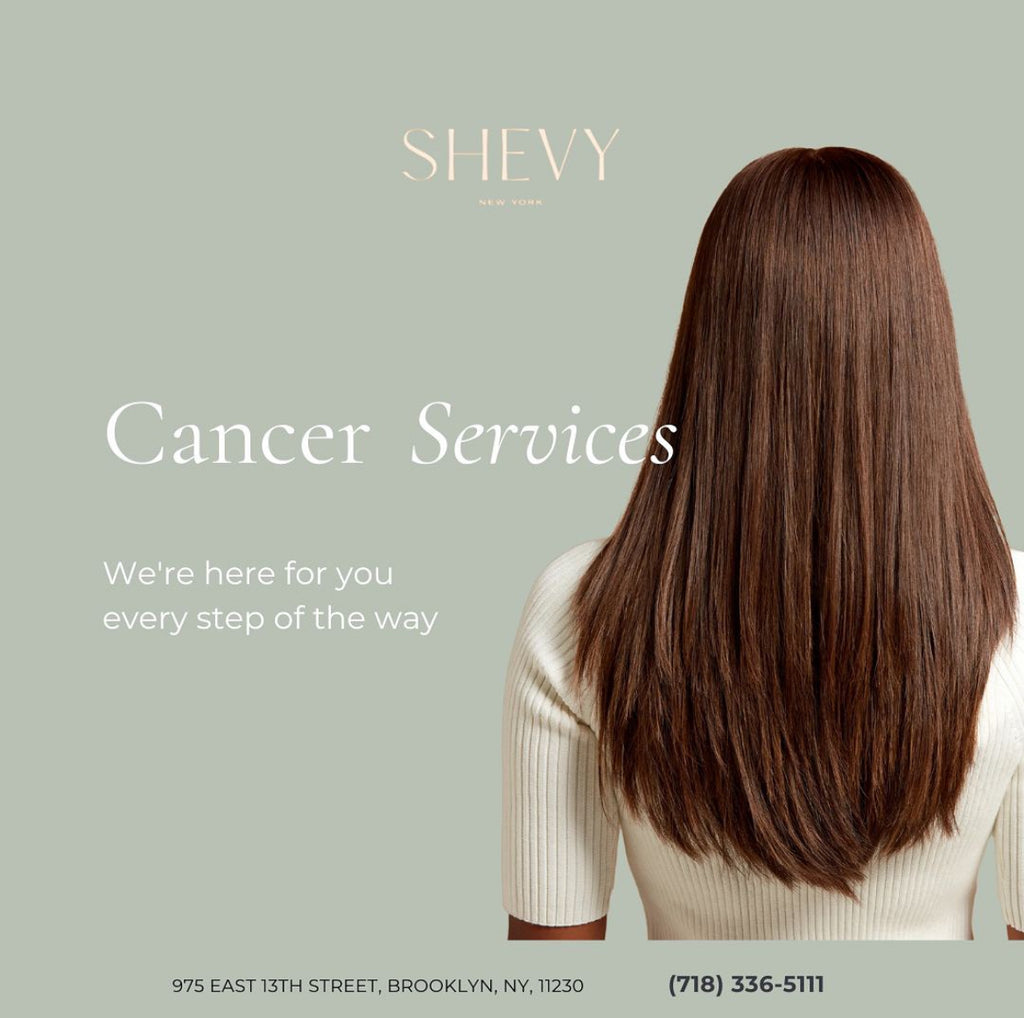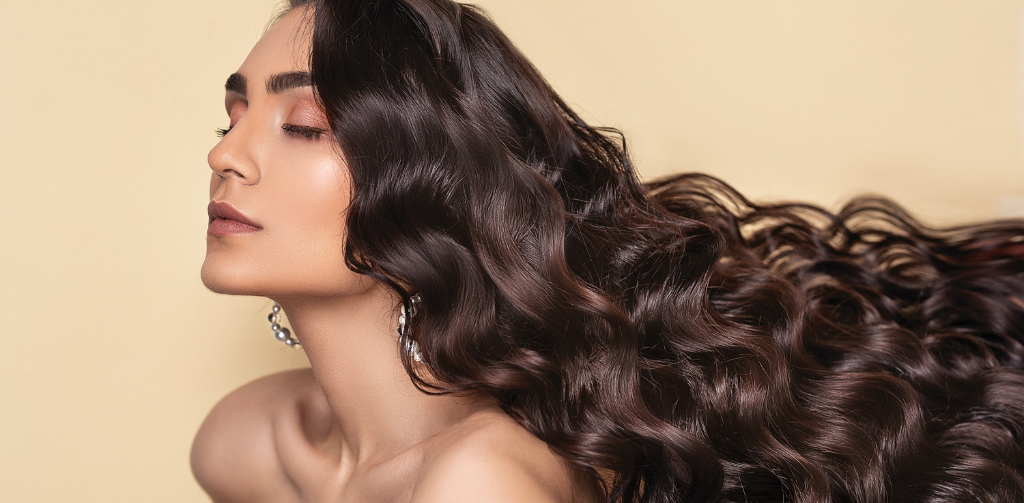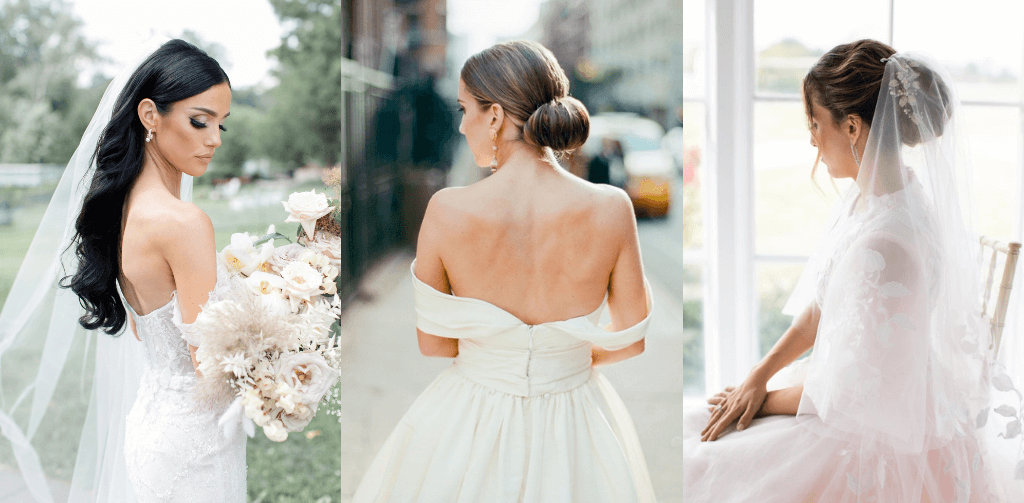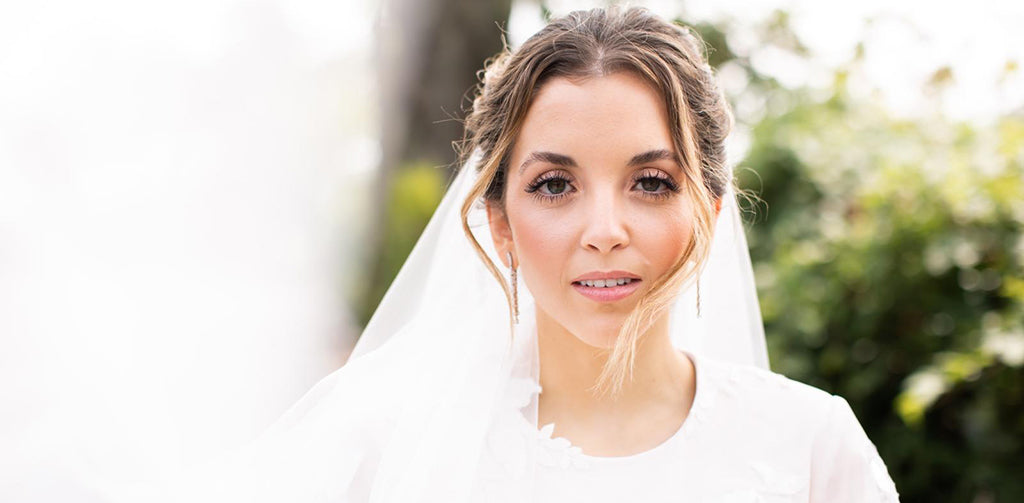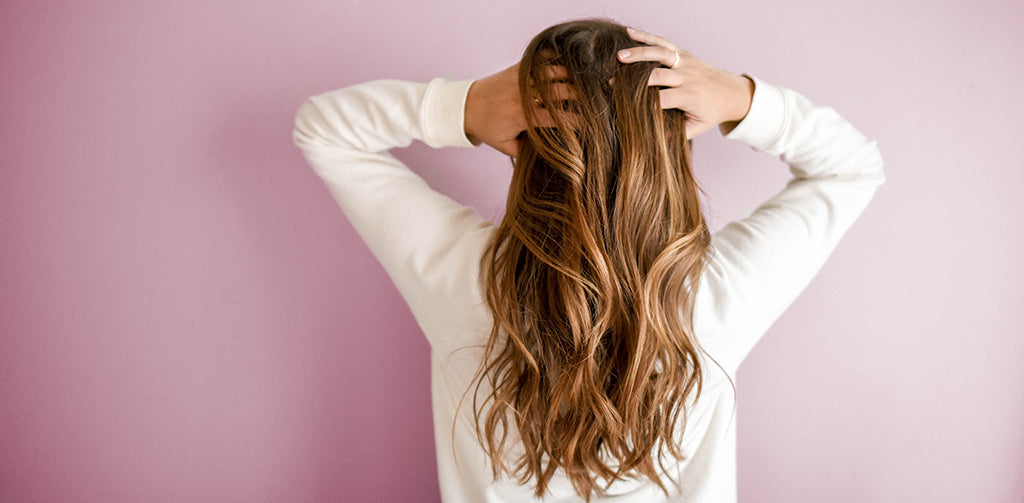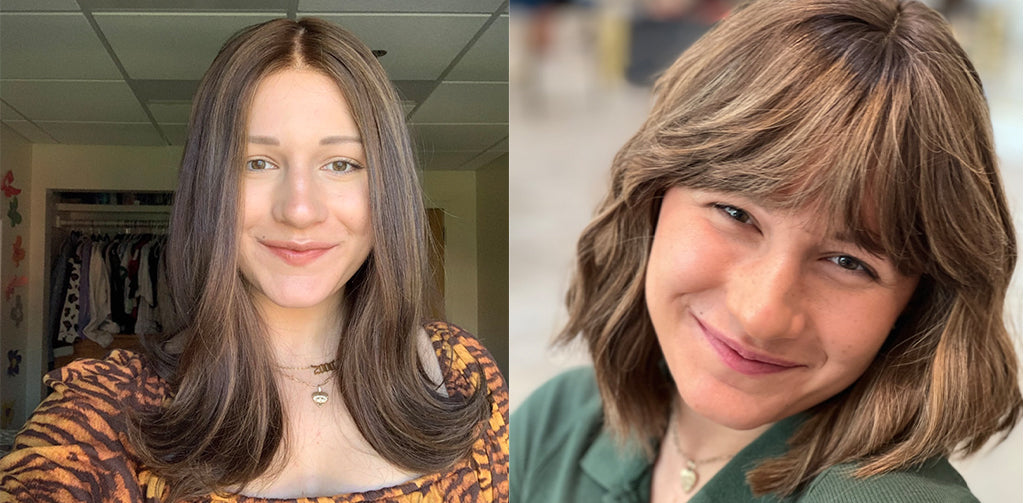On the occasion of International Alopecia Day on August 6th, SHEVY caught up with Susie Ramirez, a 21-year-old college student with alopecia universalis, to understand her journey, her experience and the resilience she has developed as a result of her life-long relationship with the disease. Here’s her story…
LET’S START AT THE VERY BEGINNING. WHEN DID YOU FIRST START EXPERIENCING HAIR LOSS?
I first started experiencing hair loss when I was four, and my parents took me to a lot of different doctors to try and understand what was going on. At first, the diagnosis was alopecia areata, as I still had patches of hair, but in time, it progressed to alopecia universalis meaning all of my hair, including my eyebrows and eyelashes, fell out.
Looking back, I feel really lucky I was so young when it happened because if I was older, it would have been incredibly tragic. There are a lot of people that deal with hair loss at a later stage of their lives, and that’s pretty devastating because you have had it for so long. Whereas kids are resilient, and they don’t care about the way they, or anyone else, looks so as a 4-year-old, I didn’t really understand it and because I was super active, I didn’t want to wear a wig either so essentially I went through all of elementary school and some of middle school totally bald, and I wasn’t bothered about it in the least.

WHEN DID YOU FIRST CHANGE YOUR MIND ABOUT WEARING A WIG?
I grew up in a really small town in New Jersey where everybody knew me, so I felt really confident in my skin for the longest time. But when I got to 7th grade, my confidence just took a toll and I became aware that I was different and started worrying about how people reacted to that. And that was the first time I bought a wig from a random brand. It was this cheap, ready-made one, that was totally not my color. I remember being terrified about what people would think if I showed up wearing a wig one day because most of them had known me my entire life, and I had never worn one before. I basically didn’t want to have to answer any questions or talk about it, and just get on with it.
And then after about a month and half of wearing the wig, I realized I was scared to take it off. I had always loved the freedom of not hiding the way I looked, and was afraid of this happening if I wore a wig. But eventually, I bit the bullet and just took it off and then went through 9th grade, 10th grade, 11th grade, and 12th grade without ever putting on a wig again.
I was really lucky as everyone was really nice to me, and I never experienced any kind of bullying, but my confidence was tanking with age because no matter where I went, people used to stare. It’s not their fault but it does start to take a toll, you know? And even though I went through most of freshman at college year bald, I told my mom I couldn’t do this anymore. I wanted a new look, I wanted to feel feminine and glamourous and that I was ready to give the wig another shot. And that’s when she booked me for an appointment at SHEVY’s.
I remember that I was so nervous to go in, but really excited at the same time. We went to Brooklyn together and we walked in and there were all these wigs everywhere. Sylvie was the stylist who helped me picked my first wig, and it was such a fun process because I got to try on all of these different wigs and see what I looked like with different kinds of styles, cuts and colors! I loved how honest Sylvie was, because she would tell me if something wasn’t for me. Ultimately, we found a color and cut that I liked, and it has actually changed my life. My general confidence has skyrocketed since.
I’M SO CURIOUS, WHAT DID YOU END UP PICKING FOR YOUR FIRST SHEVY?
Of course, since I never had any hair, I wanted my wig to be as long as it could possibly be! But my mom pointed out that having super long hair is a lot of work, and I would actually need to learn to look after it because I didn’t know how to. So, my original SHEVY was a beautiful deep brown wig that came down past my shoulders. The girls at the salon added some blonde highlights to it to give it more depth and dimension, as well as trendier edge. I still remember wearing it out of the salon, I guess I must have looked a little scared because my mom said, “Why are you holding your head like that? It’s not going to fall off, just relax!”
I’ve gone back and bought two more SHEVYs since; a short blondish-brown one and this really cool dark brown one with violet undertones and bangs that cut right across the forehead. It’s become my favorite because it makes me feel like that girl from Pulp Fiction and I always get so many compliments on it. My dad laughs and says that I don’t really use wigs to hide or cover up, but instead use them like accessories, which is so true!

WHAT WOULD YOU SAY IS THE HARDEST PART ABOUT LIVING WITH ALOPECIA?
I think the hardest part about living with alopecia is probably accepting yourself and realizing that, at the moment, there isn't a cure. You have to find that confidence within you to just accept it for what it is; understanding that it doesn't make you less beautiful or less accomplished. It’s important to focus on that fact that you can still live a healthy, normal and healthy life without hair. I remember when I was younger, I was so convinced that I wasn’t able to get married, or that I couldn’t do everything I wanted, or that people wouldn’t want to be friends with me…but then I realized that this was just the fear talking and that none of it was true.
The world is full of good people. And sure, the staring and point is hard, but the working on the stuff within is essential to being able to push past everything, and remain confident. You have to say to yourself, “This is me, and I'm still going to do the things I want to do, and I won’t let this hold me back.” To me, it’s what’s within that matter most, because at the end of the day, I'm with me for the rest of my life. So, I should love me, because I'm not going anywhere.
DO YOU PREFER IF PEOPLE ASK YOU ABOUT YOUR BALDNESS UPFRONT? OR WOULD YOU RATHER THEY KEEP THEIR QUESTIONS TO THEMSELVES?
I prefer it when people ask me about it, because otherwise they are probably wondering if I have cancer, or even asking others about it. And when they don’t know, is when they look and stare. I know they don’t do that out of malice, just pure curiosity, but I like when they ask about it outright because then I have the opportunity to tell them about alopecia because there simply isn’t enough awareness around the disease.
I remember when I was younger, that people used to come up to me all the time and say, “Oh my gosh, sweetie, we are praying for you,” and I would always say, “Thank you for your prayers, but I’m not sick, nor am I battling cancer. I just have alopecia, that’s all.”

THIS IS A SLIGHTLY PERSONAL QUESTION, I HOPE YOU DON’T MIND ME ASKING BUT IT’S ABOUT DATING, WHICH IS CHALLENGING ENOUGH AS IS, BUT HOW DO YOU NAVIGATE THAT WITH ALOPECIA?
I personally don’t enjoy dating but, with alopecia, the good thing is that you get to weed out the shallow people pretty much right away. Because if I meet somebody, and I really hit it off with them, and then tell them, “Hey, I just want you to know I wear a wig because I have alopecia,” and that deters them, then I always say I’ve dodged a bullet. You can’t change people’s preferences, nor can you change what they do or don’t like. But if they place that much energy on the way I look, then if it wasn’t the fact that I didn’t have hair, then they would probably have found something else about me that would have bothered them. It’s always nerve-racking having to tell someone you think you really have a future with about it, but I’ve been pleasantly surprised a lot of times with how awesome people are, and how little it bothers them.
I KNOW YOU STARTED YOUR JOURNEY AT A VERY YOUNG AGE, DUE TO WHICH YOU’VE HAD TO BUILT YOUR IDENTITY WITH ALOPECIA IN YOUR LIFE. DO YOU HAVE ANY ADVICE FOR SOMEONE WHO’S JUST STARTING OUT ON THEIR ALOPECIA JOURNEY?
I think it’s important to know this is not the end of your life, or the end of the world even though it might feel like it. I’m sure it probably feels scary and sad; go ahead, mourn the loss of your hair which might feel like you are saying goodbye to your femininity and beauty. But things will be okay, and you will rediscover yourself. It’s ok to be sad, but you need to be proud of yourself because you’re dealing with something that not a lot of people deal with.
There are days where I wish I had long luscious hair like everyone else, but then there are also those where I feel really beautiful, even without a wig on. Alopecia has built a lot of my personality, and it’s made me stronger than I would have been without it. You can do this, and you will get through this, I promise.

ONE LAST QUESTION, WHAT’S NEXT FOR YOU?
Well, I’m currently studying psychology and business and I’ve got one more year of college to go. I’m on the Pre-Law track so I’m currently studying for my LSAT which I’m taking in September because I’m hoping to go to law school next fall!
Continue reading
 Itakeyou.co.uk
Itakeyou.co.uk Cindy Crawford, @CindyCrawford, @PEPSI
Cindy Crawford, @CindyCrawford, @PEPSI Pascal Le Segretain/Getty Images
Pascal Le Segretain/Getty Images stylesixtytwo.com
stylesixtytwo.com
